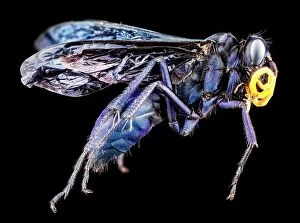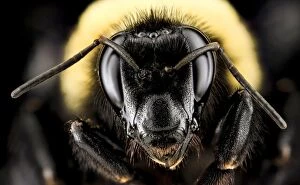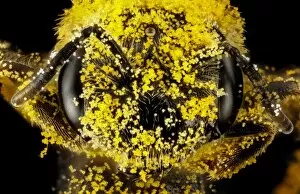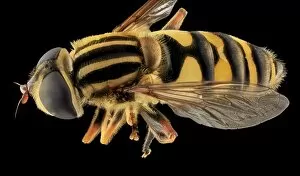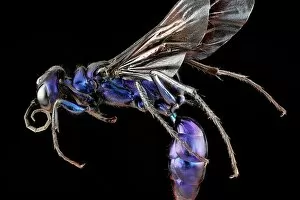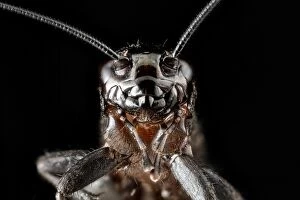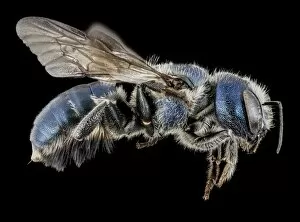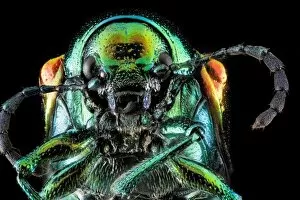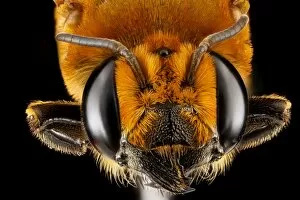Monitoring Lab Collection
Welcome to our monitoring lab, where we delve into the fascinating world of insects and arachnids
All Professionally Made to Order for Quick Shipping
Welcome to our monitoring lab, where we delve into the fascinating world of insects and arachnids. In this captivating space, we observe and study a diverse range of creatures, each with their own unique characteristics and behaviors. Take a moment to marvel at the Pompilid spider wasp (C018 / 4316), as it meticulously constructs its intricate underground nests. Witness the male bee head (C018 / 3568) buzzing around in search of nectar-filled flowers, while the female bumblebee (Bombus auricomas C018 / 3579) diligently collects pollen for her colony. Observe the Darkling beetle (C018 / 3565) scurrying across surfaces with its shiny exoskeleton glimmering under our watchful eyes. Delve into the life of the female blue mud dauber wasp (C018 / 4313), carefully constructing her mud tubes that house her offspring. Don't miss out on witnessing the acrobatic skills of the jumping spider (C018 / 4312), leaping from leaf to leaf with astonishing precision. Beware of encountering the black horse fly (C018 / 4697), known for its painful bite but also admired for its iridescent wings. Marvel at nature's beauty as you examine a close-up shot of a female sweat bee head adorned with vibrant pollen grains (C018 / 3573). Admire the delicate structure and vibrant colors displayed by a planthopper species captured in image C018/4803. Witness an elegant hoverfly gracefully hovering mid-air while pollinating flowers in image C018/4696. Be captivated by one of nature's skilled hunters -the steel blue cricket hunter wasp- as it captures prey to feed its young ones within nest chambers made from paralyzed crickets (CO18/4314).

